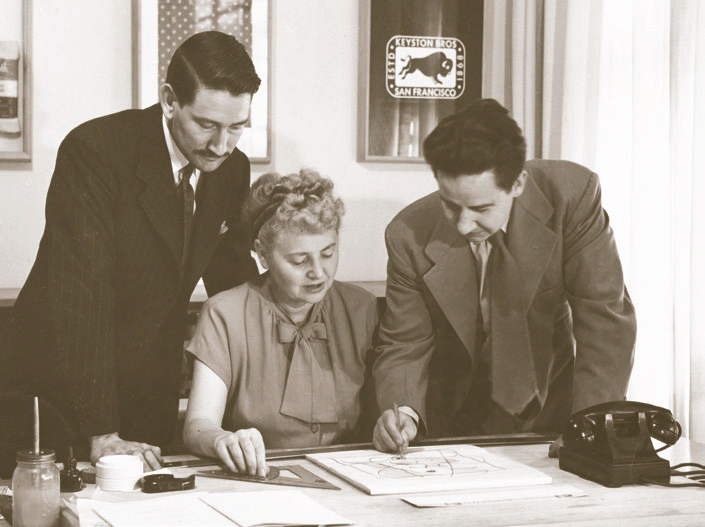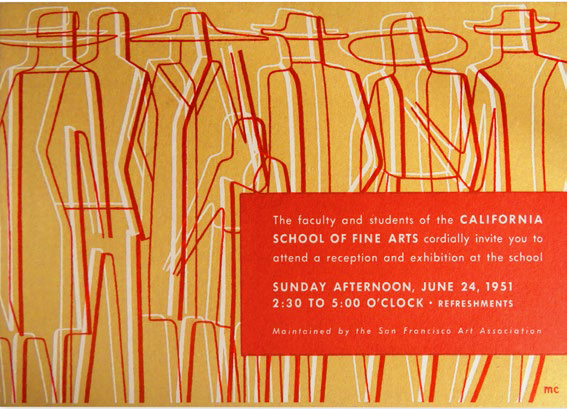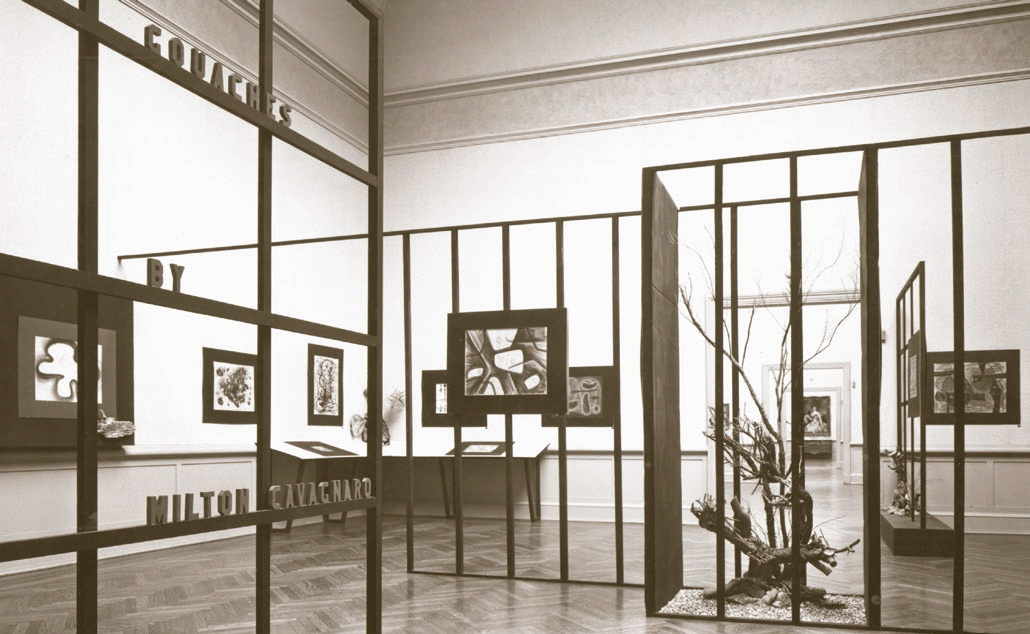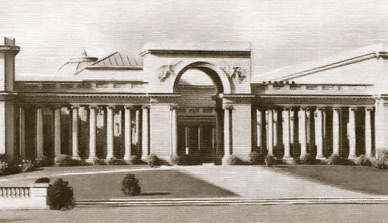Jewels of the Earth - Page 2
 |
|
|
 |
|
|
 |
 |
|
|
"He has found the sources of his subjects in natural forms, rocks, ferns, leaves, and wood, and has painted these—sometimes realistically, sometimes almost abstractly—in wonderfully beautiful and subtle colors and design," critic Spencer Barefoot wrote in the San Francisco Chronicle about 'Gouaches,' a 1948 exhibit of Milt's work at the California Palace of the Legion of Honor.
Another critic was equally admiring, writing, "Milton Cavagnaro does not claim to be a sculptor, but his jewelry at the Legion is actually sculpture, and sculpture of an unusual and very interesting kind."
Milt's work was winning attention nationally as well. It was shown in design exhibits in many other cities and hit the big time with work in the 'Good Design' exhibit at New York's Museum of Modern Art.
David Cavagnaro, a photographer and author with a focus on nature, suggests another reason his father decamped for the country. "He was not at all interested in the art world," David says. "He thought the art world was all faddish and copy cattish."
"He wanted to know what he had from the inside that he could say [as an artist], without any outside influence," David says.
One influence, however, Milt was proud to concede—the 1920s German school of the Bauhaus. "Growing up, Bauhaus design influence was everywhere, and some of the artists' names were household words in our family, especially Paul Klee, Wassily Kandinsky, and Lyonel Feininger," David recalls.
Also motivating Milt's move to Marin County was the mountain itself. David recalls many days spent with his father and sister on hiking trails, car camping in the Sierras and at Mount Lassen, and visiting the nearby beach.
Milt grew up in Oakland, often joining his brother, Eddie, at a family ranch in the foothills near Jackson. There they "spent a lot of time hiking the granite country around Silver Lake, Carson Pass, where they fell in love with the twisted, bleached branches of Manzanita and timberline trees," David writes. "Milt's art was also heavily influenced by driftwood and stone patterns on our many beachcombing trips."
After studying at CCAC, Milt studied at the now-legendary Rudolph Schaeffer School of Rhythmo-Chromatic Design in San Francisco, befriending Schaeffer and imbibing from him an appreciation of Asian art.
Both Cavagnaro brothers specialized in flower arrangement (Eddie became a prominent florist), and Milt taught the skill, including to the woman he would later marry.
Mayreece, from Kansas City, came to California to study art, where she met Milt and married him in 1937. Although she was an accomplished artist herself, and taught in the late 1930s at CCAC, by the time Milt became a full-time artist, she was spending her time raising two children and serving as business manager for the family art firm.
Milt's career through the 1940s was mixed, teaching design and flower arranging at the Schaeffer school, design at the California School of Fine Arts, commercial art at San Jose State. During World War II he was a shipfitter and foreman with the Marinship shipbuilders in Sausalito.




